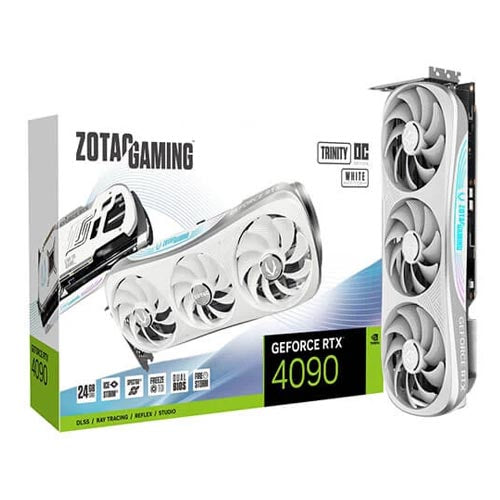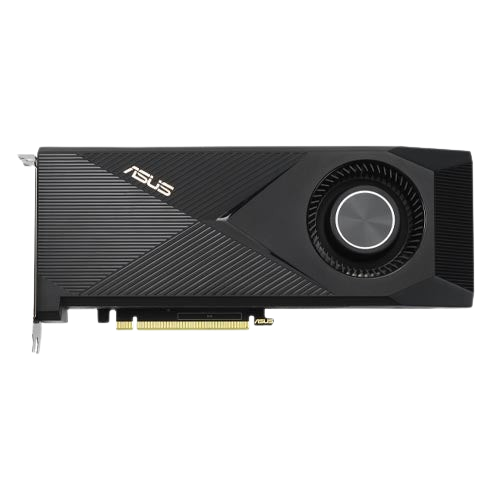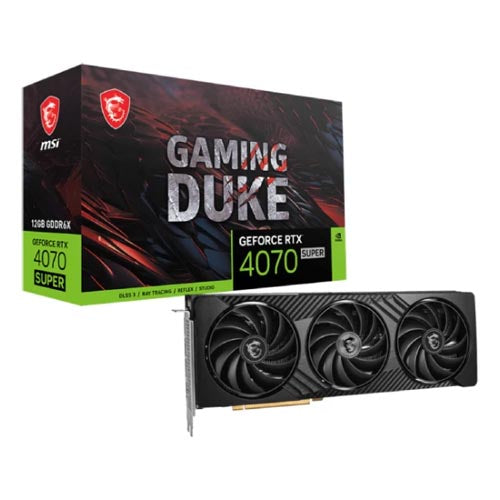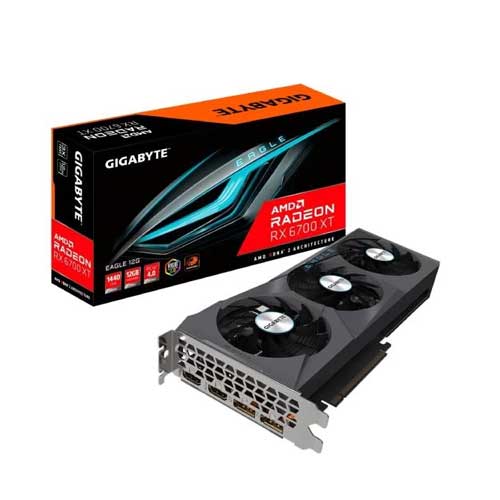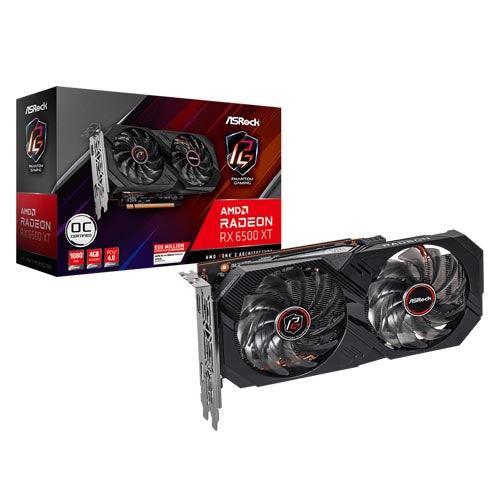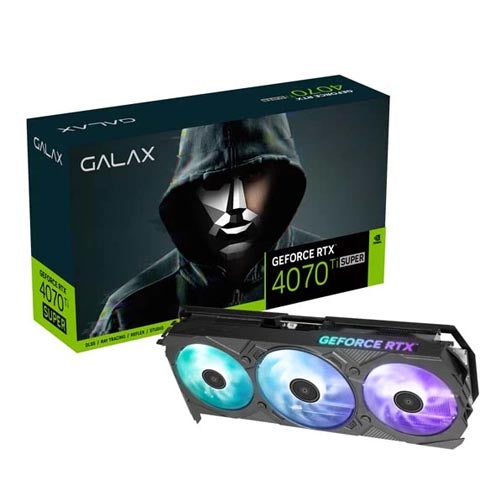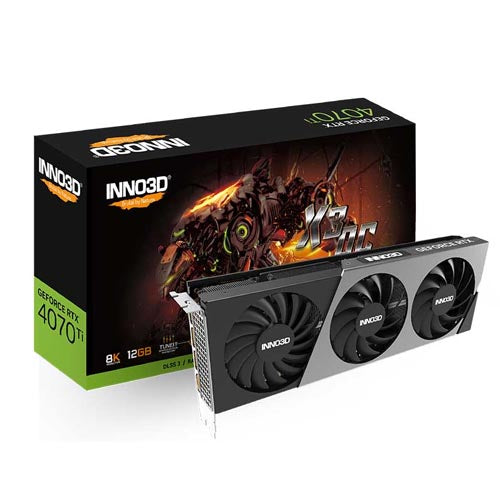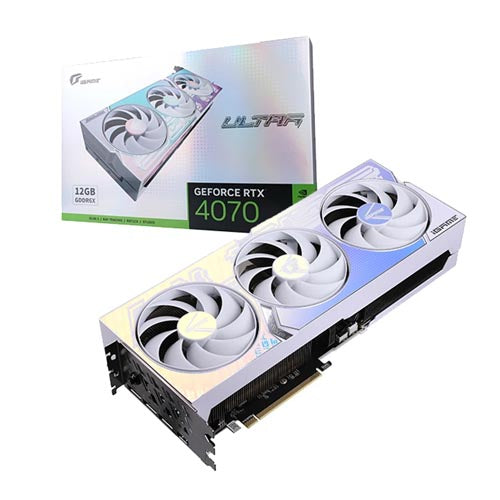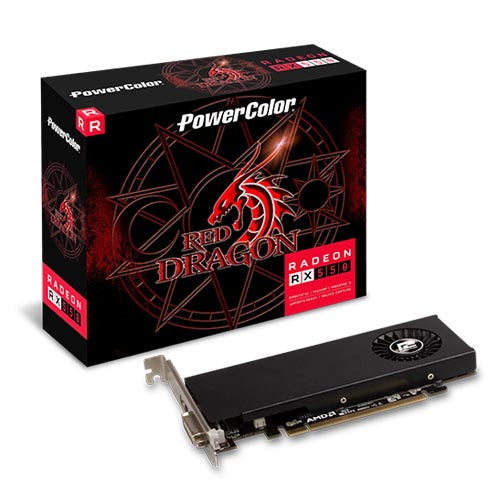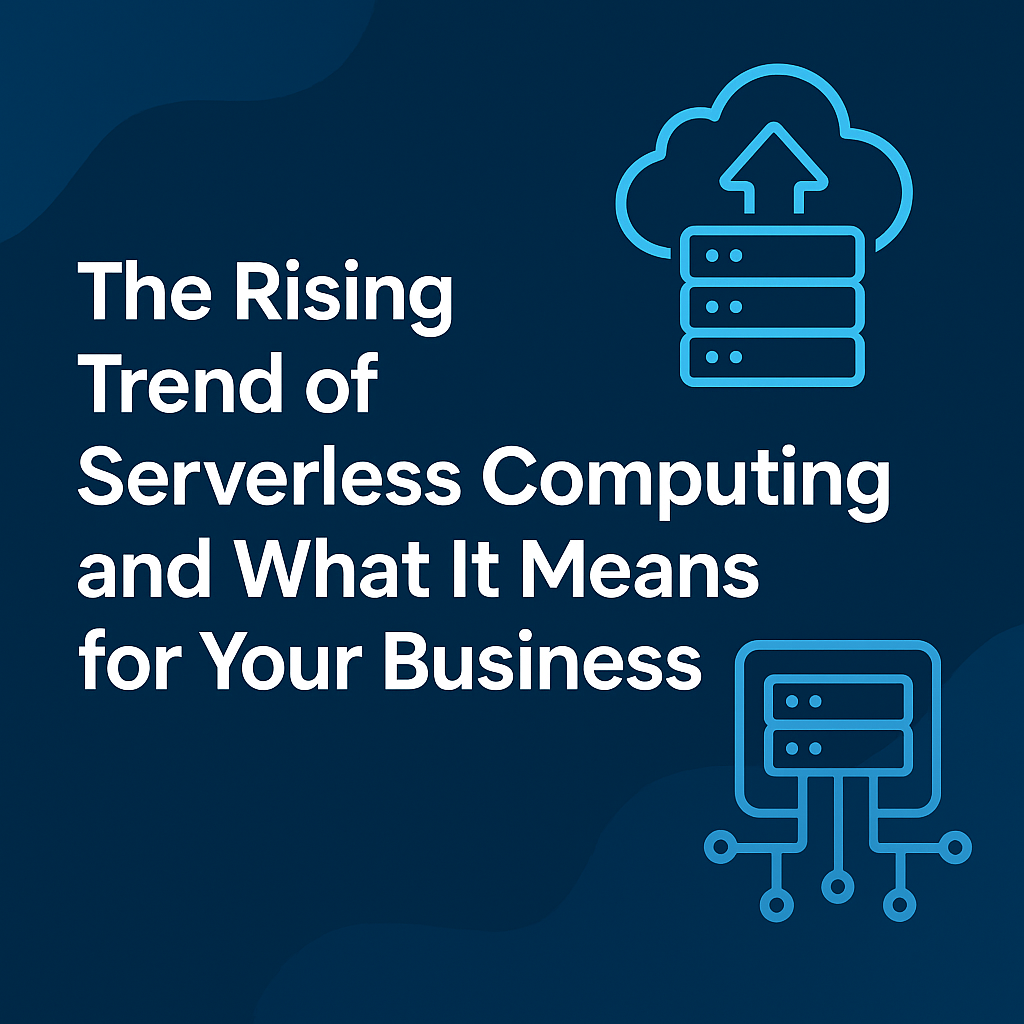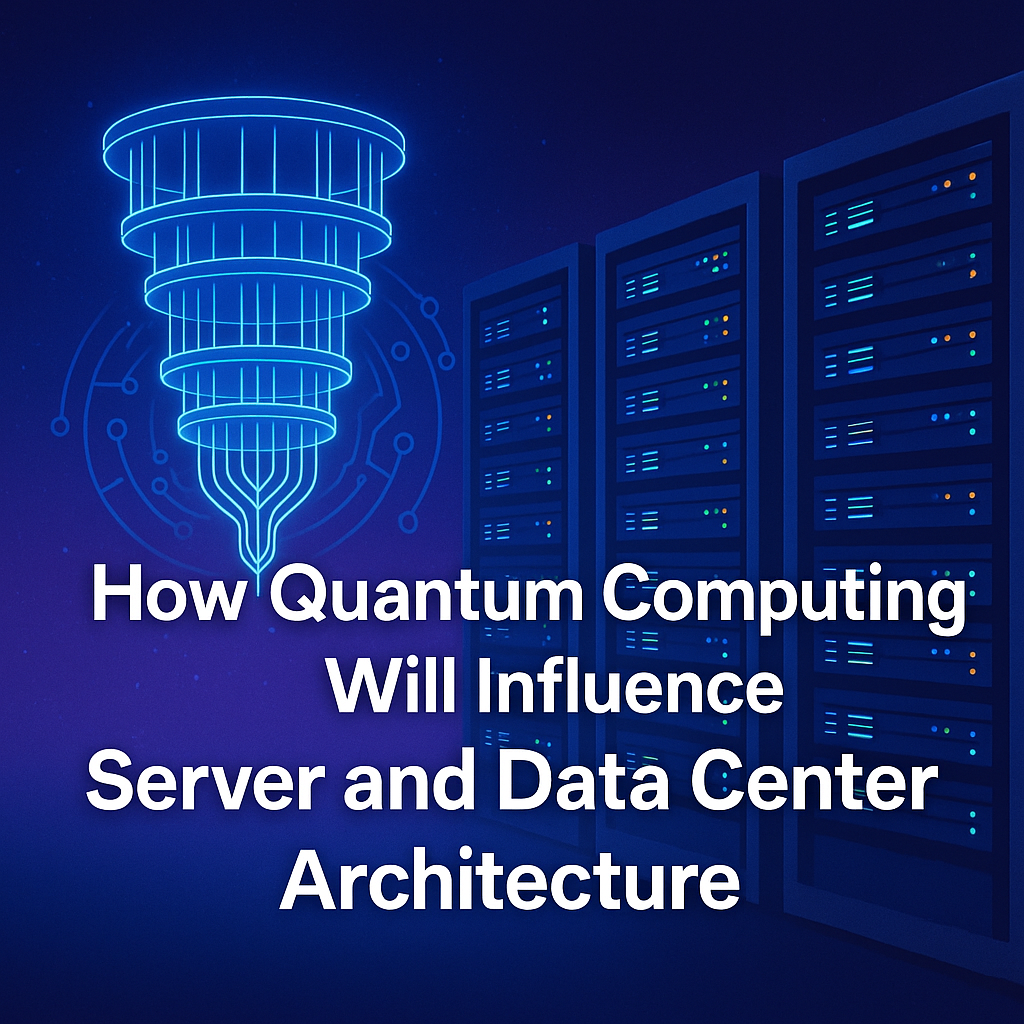In today's dynamic IT landscape, short-term projects often require a nimble, efficient, and cost-effective computing environment. Whether you're conducting proof-of-concept (POC) tests, running temporary workloads, hosting seasonal websites, or managing short-lived application deployments, server rental (also known as server leasing or server hosting) is increasingly seen as a smart alternative to buying hardware outright.
This blog explores why renting a server could be better for your short-term IT projects. We'll dive into the technical reasons, architectural considerations, cost implications, and the broader operational impacts of choosing server rentals over purchasing. We'll also cover how this approach fits within cloud-native, hybrid, and edge computing contexts.
Let’s unpack the advantages of server rental from a technical standpoint, ensuring you have the knowledge to make the right decision for your next project.
The Traditional IT Model vs. Server Rental
Before diving deeper, let's understand the traditional CapEx (Capital Expenditure) model compared to the OpEx (Operational Expenditure) model in renting.
-
CapEx Model:
You buy the server hardware, own it outright, and maintain it. The upfront cost is significant, but over time you "own" the asset. -
OpEx Model (Server Rental):
You rent the server hardware from a hosting provider or data center. Costs are operational expenses, typically monthly or yearly.
For short-term projects, the OpEx model aligns better with temporary needs. Let’s see why.
Key Technical Benefits of Server Rentals
1. Rapid Deployment and Scalability
For short-term IT projects, time-to-market is crucial. Server rental services from providers like Serverwala, OVH, Hetzner, or AWS Outposts offer:
✅ Pre-configured hardware: Servers can be provisioned within hours rather than days or weeks.
✅ No lead times: You bypass procurement, delivery, and installation delays.
✅ Scalability: Easily scale up or down the server configuration to match workload demands (e.g., increasing vCPU, RAM, storage).
For example, if your POC requires 128 GB RAM and 32 cores for load testing, renting a high-performance server instantly meets that need—no waiting for purchase orders, delivery, or physical racking.
2. Security and Compliance
Modern server rental providers ensure enterprise-grade security:
-
Physical security: Data center-level protection (CCTV, biometric access, fire suppression).
-
Data encryption: Options for disk encryption (AES-256, self-encrypting drives).
-
Compliance: Many rental providers are compliant with standards like ISO 27001, SOC 2, GDPR, or HIPAA.
For temporary projects that handle sensitive data (like healthcare, financial, or customer PII data), leveraging a rented server with certified data center security is safer than a self-hosted setup in a non-compliant environment.
3. Performance Consistency and Bare Metal Advantage
Virtualization is widespread, but bare metal servers offer consistent, dedicated performance. Unlike shared cloud VMs that might suffer from noisy neighbor effects, a rented bare metal server gives you:
🔧 Predictable performance: CPU, memory, and disk resources are yours alone.
🔧 No virtualization overhead: Direct access to hardware accelerates compute-intensive tasks.
🔧 Better I/O throughput: Ideal for databases, ML workloads, or high-transaction apps.
For short-term workloads requiring low-latency, high-throughput compute power (like video encoding, scientific simulations, or data warehousing), renting a bare metal server delivers performance that’s hard to replicate in shared environments.
4. Hardware Customization and Specialized Workloads
Rental providers typically offer a range of hardware configurations, from entry-level servers to high-end GPU or NVMe storage models.
Example configurations you might rent:
| Component | Entry-Level | Mid-Range | High-End |
|---|---|---|---|
| CPU | Intel Xeon E3 | Xeon Silver/Gold | AMD EPYC 7003, Xeon Platinum |
| RAM | 16 GB DDR4 | 64-128 GB DDR4 | 256+ GB DDR4 ECC |
| Storage | 1 TB HDD | 2 TB SSD | NVMe U.2 up to 8 TB |
| GPU | None | NVIDIA T4 | NVIDIA A100, AMD MI300X |
For short-term AI/ML model training, you might rent a GPU server with NVIDIA A100s. For big data analytics, opt for a server with high-core AMD EPYC CPUs and large RAM pools.
5. Flexible Network and Connectivity Options
Rental servers often come with flexible network configurations:
-
Dedicated uplinks: 1 Gbps, 10 Gbps, or higher.
-
Private networking / VLANs: Isolated traffic within the data center for secure communication between servers.
-
IPv4/IPv6: Providers usually offer multiple public IPs and IPv6 support.
For short-term distributed applications—like microservices or edge computing—having low-latency, high-bandwidth network links is essential. Renting lets you tailor your network setup for peak performance.

Cost and ROI: Renting vs. Buying
From a financial perspective, renting a server avoids:
- Upfront CapEx costs: No need to buy a server for a project that might only last 6 months.
- Depreciation: Hardware becomes obsolete fast; renting avoids sunk costs.
- Maintenance costs: No worries about hardware failures, replacements, or lifecycle management.
Example calculation for a 6-month project:
| Expense Type | Buying | Renting |
|---|---|---|
| Initial cost | ₹300,000 | ₹15,000/month = ₹90,000 total |
| Maintenance | ₹10,000/year | Included |
| End-of-life disposal | ₹5,000 | Not applicable |
| Total | ₹315,000+ | ₹90,000 |
💡 Renting saves you ₹225,000 in this scenario—money that can be allocated to application development, cloud services, or analytics instead.
Server Rental and Hybrid IT
Many hybrid and multi-cloud strategies blend:
-
Cloud VMs for scalability
-
On-prem servers for data residency
-
Rented bare metal servers for peak workloads
Server rentals integrate seamlessly here. For example:
🔄 Hybrid deployments: Use on-premises servers for core workloads and rented servers to handle seasonal spikes.
🔄 Data sovereignty: Rent servers in a specific region (e.g., Germany for GDPR compliance) while cloud VMs run elsewhere.
This hybrid approach ensures flexibility and compliance—especially crucial for short-term projects in regulated industries.
Technical Use Cases for Server Rentals
Let’s explore specific short-term project examples where renting servers shines technically:
🔬 1. POCs and MVPs
-
Technical goal: Validate a new product idea with real workloads.
-
Rental advantage: Avoid long procurement cycles and hardware investments.
🏗 2. Seasonal Workloads
-
Examples: E-commerce holiday sales, sports event streaming.
-
Rental advantage: Rent high-spec servers only during traffic spikes.
🛠 3. Data Migration and ETL Jobs
-
Example: Temporary servers for large-scale data transformation.
-
Rental advantage: Avoid disrupting production servers.
🤖 4. AI/ML Model Training
-
Technical need: GPU acceleration (NVIDIA A100, AMD MI300X).
-
Rental advantage: Access powerful GPUs without purchasing expensive hardware.
🧪 5. Security Penetration Testing
-
Technical scenario: Dedicated environment to run offensive security tools.
-
Rental advantage: Avoid impacting production networks.
Technical Implementation: Setting Up a Rented Server
Here’s a high-level technical checklist for deploying your short-term project on a rented server:
✅ 1. Choose hardware specs:
-
CPU, RAM, storage, GPU if needed.
-
Consider single vs. dual socket for compute density.
✅ 2. Operating system selection:
-
Common choices: Ubuntu Server, CentOS, Debian, Windows Server.
-
Use pre-installed images offered by the rental provider or custom ISO images.
✅ 3. Network configuration:
-
Assign public and private IPs.
-
Set up VPN or VLAN for secure communication.
✅ 4. Security hardening:
-
SSH key authentication.
-
Firewall rules (iptables, ufw, or cloud firewalls).
-
Disable unnecessary services.
✅ 5. Monitoring and backup:
-
Install monitoring agents (Prometheus Node Exporter, Zabbix Agent).
-
Set up snapshot backups for disaster recovery.
✅ 6. Application deployment:
-
Containerization (Docker, Podman) or direct installation.
-
Use orchestration tools (Kubernetes, Nomad) if needed.

Technical Caveats and Considerations
While renting servers is often ideal for short-term needs, be mindful of:
-
Data migration challenges: Migrating large datasets to/from the rented server can be bandwidth-intensive.
-
Latency and distance: Choose a data center close to your users or other workloads for lower latency.
-
Vendor lock-in: Avoid proprietary tools that tie you to a single rental provider.
Conclusion
From a technical standpoint, renting servers for short-term IT projects is a robust, cost-effective, and flexible solution. It provides bare metal performance, hardware customization, rapid deployment, and enterprise-grade security—all without the headaches of hardware ownership.
In an era of agile software development and cloud-native architectures, server rentals complement your IT toolkit, enabling you to experiment, innovate, and scale quickly.
For your next short-term project—whether it’s AI training, load testing, or temporary web hosting—consider the power of rented servers. They could be the key to launching your idea faster and smarter.
